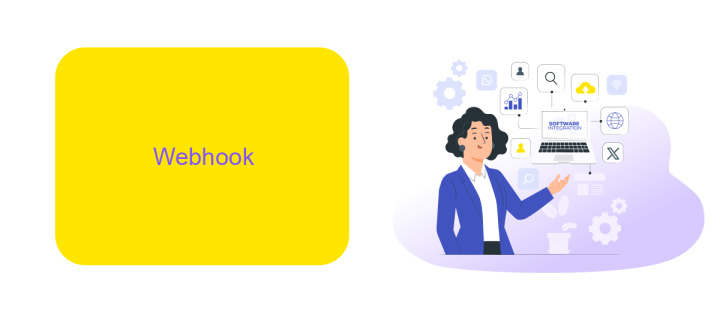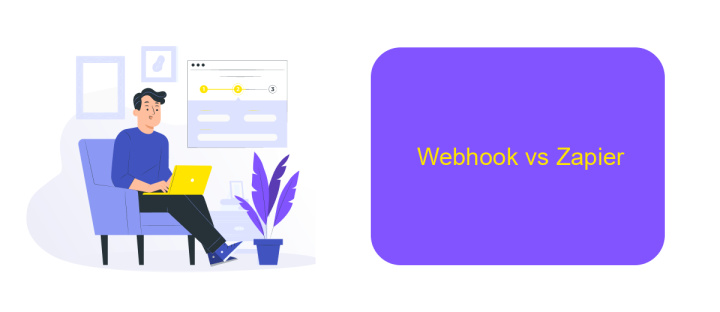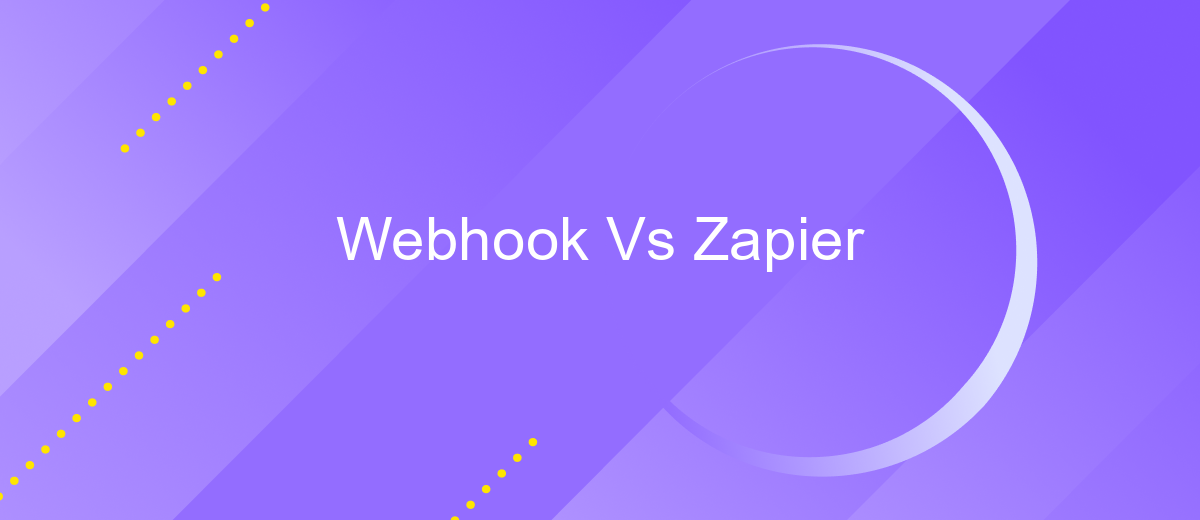Webhook Vs Zapier
In today's fast-paced digital world, automation is key to enhancing productivity and efficiency. Two popular tools that facilitate automation are webhooks and Zapier. While both serve to streamline processes by connecting different applications, they operate in distinct ways. This article explores the differences between webhooks and Zapier, helping you understand which tool might be best suited for your needs.
Introduction
In today's digital landscape, the need for seamless integration between various software applications is paramount. Businesses and developers often seek efficient ways to automate workflows and streamline processes. Two popular solutions that facilitate these integrations are Webhooks and Zapier. While both serve the purpose of connecting different applications, they operate in distinct ways and cater to different requirements.
- Webhooks: A method for one app to send real-time data to another app whenever a specific event occurs.
- Zapier: A platform that allows users to create automated workflows between different apps without needing to write code.
Another noteworthy service in this domain is ApiX-Drive. It offers a user-friendly interface for setting up integrations between various applications without extensive technical knowledge. Understanding the differences between Webhooks and platforms like Zapier and ApiX-Drive can help businesses choose the right tool for their specific needs, ensuring efficient and effective automation of their workflows.
Webhook

A webhook is a method of augmenting or altering the behavior of a web page or web application with custom callbacks. These callbacks may be maintained, modified, and managed by third-party users and developers who may not necessarily be affiliated with the originating site or application. Webhooks are typically used to trigger automated actions or notifications in response to specific events, such as form submissions or data updates, making them a powerful tool for real-time data integration and workflow automation.
One of the key advantages of using webhooks is their simplicity and efficiency. Unlike traditional polling methods, webhooks push data to the receiving application immediately when an event occurs, minimizing latency and reducing server load. Services like ApiX-Drive make it easy to set up and manage webhooks, allowing users to connect various applications and automate complex workflows without writing extensive code. By leveraging such platforms, businesses can streamline their operations, enhance data accuracy, and improve overall productivity.
Zapier

Zapier is a powerful automation tool that connects your favorite apps and services to streamline workflows. Unlike traditional webhooks, Zapier provides a user-friendly interface that allows you to create "Zaps" without any coding knowledge. These Zaps automate repetitive tasks by triggering actions based on specific events, making your daily operations more efficient.
- Choose a Trigger App: Select the app where the event will occur.
- Set Up the Trigger: Define the event that will start the workflow.
- Choose an Action App: Select the app where the action will take place.
- Set Up the Action: Define the action that will occur in response to the trigger.
- Test and Activate: Test the workflow to ensure it works correctly, then activate it.
While Zapier excels in ease of use and a wide range of integrations, services like ApiX-Drive offer additional customization and control over your integrations. ApiX-Drive provides robust tools for setting up complex workflows, making it a valuable alternative for businesses with more specific needs. Both platforms aim to simplify automation, but the choice depends on your particular requirements and technical expertise.
Webhook vs Zapier

Webhooks and Zapier are both powerful tools for automating workflows, but they serve different purposes and are suited for different use cases. Webhooks are user-defined HTTP callbacks that allow real-time data transfer between applications whenever a specific event occurs. They are highly customizable but require some technical knowledge to set up and maintain.
On the other hand, Zapier is a user-friendly automation platform that connects various apps and services without the need for coding. It offers a wide range of pre-built integrations, known as "Zaps," which can be set up with just a few clicks. This makes Zapier ideal for non-technical users who want to automate repetitive tasks quickly.
- Webhooks: Real-time data transfer, requires technical knowledge
- Zapier: User-friendly, no coding required, pre-built integrations
For those looking for a middle ground, services like ApiX-Drive offer a balance between customization and ease of use. ApiX-Drive allows users to create custom integrations with a simple interface, making it accessible for both technical and non-technical users. This makes it an excellent choice for businesses looking to streamline their workflows without extensive technical investment.
Conclusion
In conclusion, the choice between using Webhooks and Zapier largely depends on your specific needs and technical capabilities. Webhooks offer a more direct and real-time method for integrating applications, making them ideal for developers who require immediate data transfer and possess the technical know-how to set them up. On the other hand, Zapier provides a more user-friendly interface, allowing non-technical users to automate workflows without writing any code. This makes it a perfect solution for businesses that need quick and easy integrations across multiple apps.
For those looking for a balance between ease of use and powerful integration capabilities, ApiX-Drive emerges as a compelling alternative. It combines the simplicity of Zapier with the real-time capabilities of Webhooks, offering a versatile platform that can cater to both technical and non-technical users. By leveraging ApiX-Drive, organizations can streamline their operations, reduce manual work, and ensure seamless data flow across various applications.


FAQ
What is the main difference between Webhooks and Zapier?
Which is easier to set up, Webhooks or Zapier?
Can Webhooks be used without third-party services like Zapier?
Is there a way to integrate Webhooks without coding?
What are the limitations of using Zapier compared to Webhooks?
Strive to take your business to the next level, achieve your goals faster and more efficiently? Apix-Drive is your reliable assistant for these tasks. An online service and application connector will help you automate key business processes and get rid of the routine. You and your employees will free up time for important core tasks. Try Apix-Drive features for free to see the effectiveness of the online connector for yourself.

